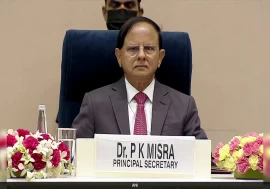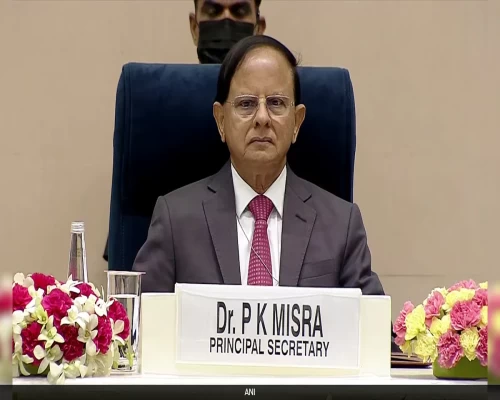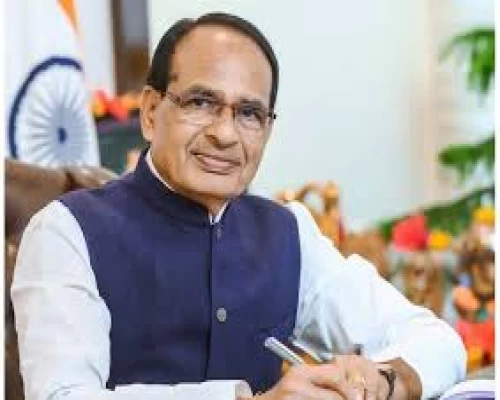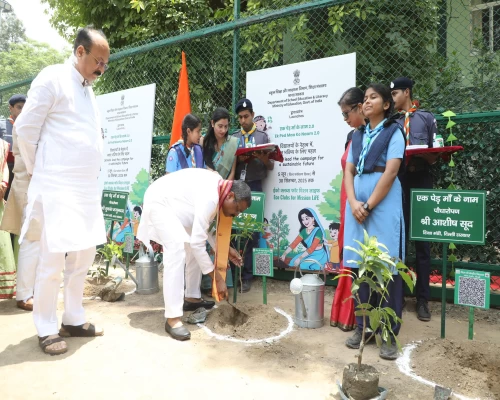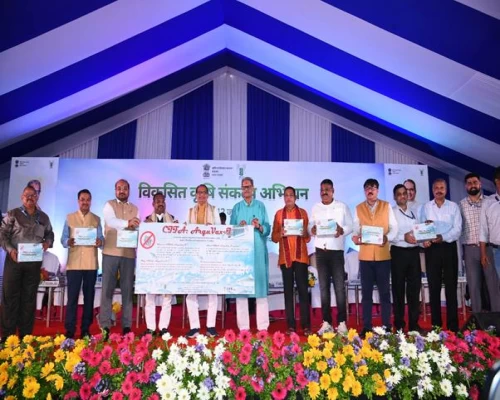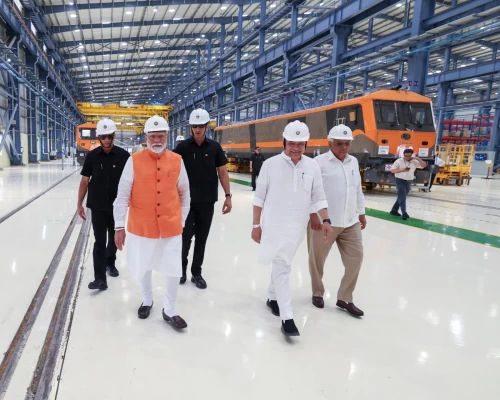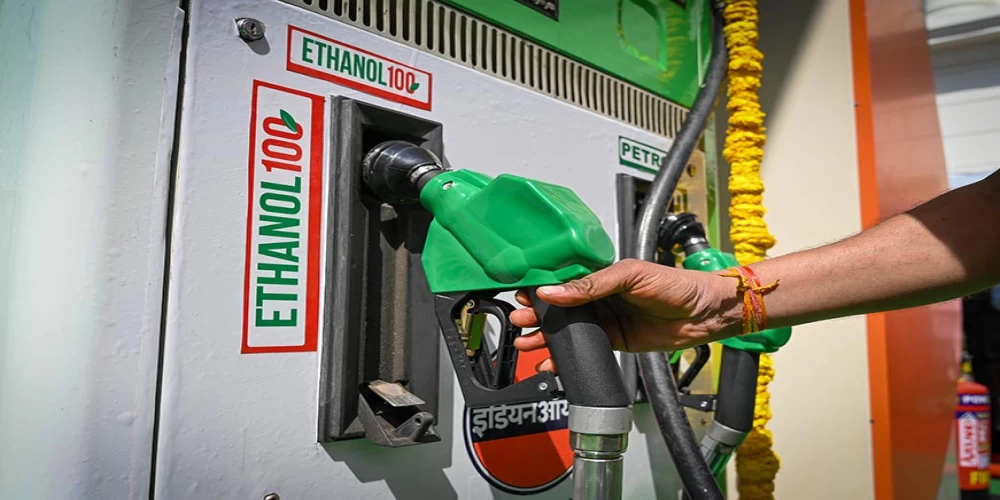
New Delhi: In a significant move towards energy self-sufficiency, India has ramped up its ethanol blending initiative with a target of 20% blending by 2025, advancing its original goal from 2030. This development follows the country’s successful achievement of a 15% ethanol blend in petrol in 2024, a considerable leap from the early days of the initiative.
India, the world’s third-largest energy consumer, has long relied heavily on oil imports to meet its growing demands. This dependency not only strains the economy but also contributes to environmental challenges. By adopting ethanol blending, the country is making strides in reducing its oil imports while cutting down on carbon emissions. Ethanol, a renewable biofuel derived from sugarcane, has the potential to replace a portion of fossil fuels used in transportation, creating a cleaner and more sustainable energy landscape.
The ethanol blending programme, which began in 2001 as a pilot project, initially faced slow progress and limited production. However, recent reforms and focused efforts have significantly boosted ethanol production and blending rates. By integrating this biofuel into the country’s energy mix, India is not only reducing its reliance on imported oil but also supporting its agricultural sector by creating a new revenue stream for farmers involved in sugarcane cultivation.
During the 7th G-STIC Conference in Delhi, Petroleum and Natural Gas Minister Hardeep Puri highlighted India’s growing achievements in ethanol blending and outlined the government’s plans to build on this momentum. With the goal of 20% blending within reach, the country is preparing for further advancements in biofuel adoption to meet future energy demands.
Ethanol is a versatile biofuel, produced through the fermentation of sugars or petrochemical processes, and is commonly used as a petrol additive to reduce greenhouse gas emissions. In addition to its role as a cleaner energy source, ethanol has other industrial and medical applications. However, its use as a biofuel is particularly crucial in India’s strategy to address rising energy consumption, which is driven by economic growth, urbanisation, and increased vehicle use.
Despite the current energy landscape being dominated by fossil fuels—98% of road transportation fuel comes from these sources—India’s ethanol blending programme has made notable progress. The country has increased ethanol production capacity to 1,623 crore litres as of September 2024, more than doubling capacity in the last four years. By the end of August 2024, the ethanol blending percentage had reached 15%, up from a mere 1.53% in 2014, thanks to continuous government efforts.
The programme has already yielded significant benefits. Over the past decade, India has saved over ₹1,06,072 crore in foreign exchange, reduced CO2 emissions by 544 lakh metric tons, and replaced 181 lakh metric tons of crude oil. This initiative has also had a positive economic impact, particularly for rural communities, as ethanol production provides additional income for farmers and boosts the local economy.
Looking ahead, the government has outlined several measures to meet the 20% blending target by 2025. These include increasing ethanol production capacity to around 1,700 crore litres and expanding the types of feedstock used for production, such as agricultural and industrial waste. The government has also implemented incentives, including reduced GST on ethanol and interest subsidies for production facilities, to encourage continued growth in the sector.
Furthermore, the modified Pradhan Mantri JI-VAN Yojana has been extended until 2029, with an expanded focus on advanced biofuels from various waste sources. Public sector oil marketing companies are also playing a critical role by securing ethanol supplies, ensuring that the programme continues to advance.
India’s ethanol blending initiative represents a crucial step towards achieving energy security, reducing environmental impact, and supporting rural economies. As the country moves closer to its 20% blending target, it sets a strong example of how sustainable practices can drive economic growth while addressing pressing energy challenges.
BI Bureau


